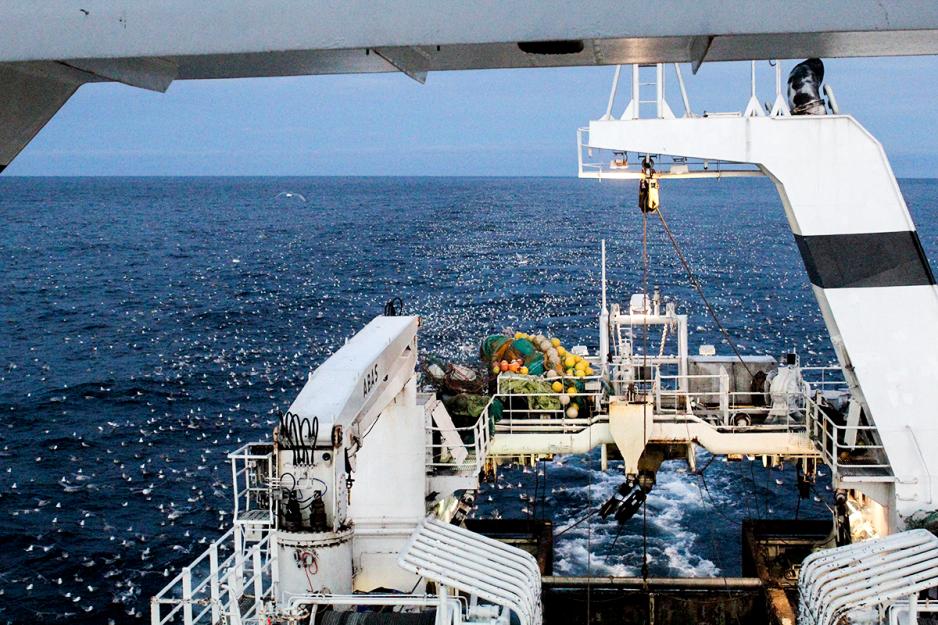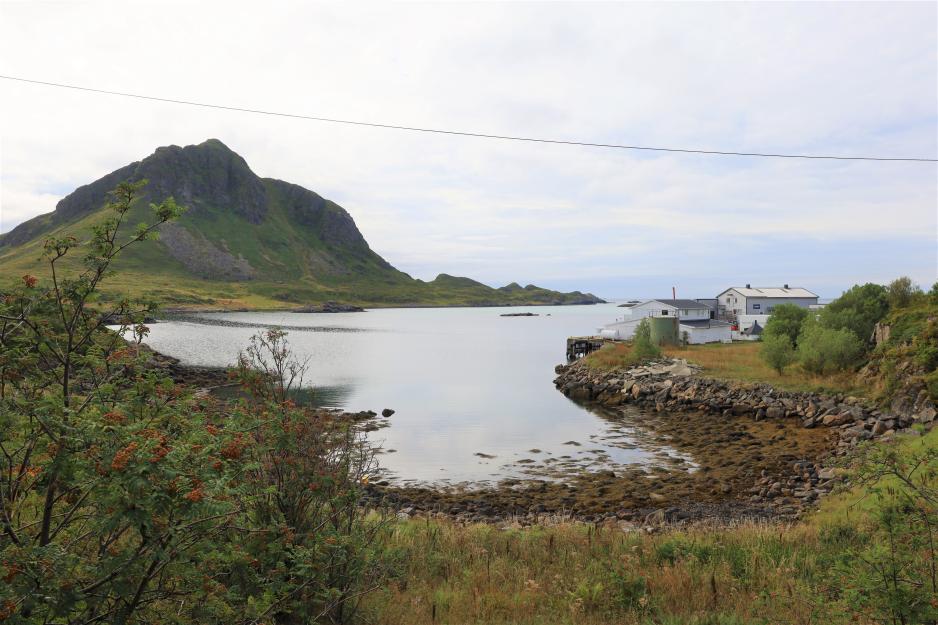Major Norwegian Trawling Company's Fleet Impacted By Reduced Fishing Quotas

The subsidiary company Lerøy Havfisk has a license to fish just under 10 percent of the total Norwegian cod quotas north of 62 degrees latitude. Image for illustration. (Archive photo: Stein Harris Olsen, Nofima).
The fishing quota situation for the rest of 2024, and the outlook that entails further quota reductions in 2025, are challenging, emphasizes major Norwegian seafood corporation Lerøy Seafood Group in their quarterly report.
On Thursday, Lerøy Seafood Group ASA presented its results for the third quarter of 2024. It shows a significant drop in earnings from wild-caught fish due to greatly reduced quotas.
The group catches whitefish through the wholly owned subsidiary Lerøy Havfisk, which is Norway's largest trawl company.
In sum, the operating profit for the wild-caught segment in the third quarter was NOK -58 million compared to NOK -38 million in the same period last year, writes the company.
Lerøy describes the quota situation for the rest of 2024 and further reductions in quotas next year as challenging. As is known, the quotas for cod in the Barents Sea have decreased by 20 percent each year for the past three years and will be reduced by an additional 25 percent next year. The haddock quotas will also continue to decrease.
"The prospects for wild catching are still uncertain due to significant quota reductions in recent years. This has created a strong headwind for our trawl fleet. At the same time, our land-based industry along the Norwegian coast has a lot of untapped capacity and is affected by the high costs of raw materials," says the CEO of the Lerøy Seafood Group, Henning Beltestad.
Lerøy Havfisk
Lerøy Havfisk has licences to fish just under 10 percent of the total Norwegian cod quotas in the zone north of 62 degrees latitude, which corresponds to about 30 percent of the total quota allocated to the trawler fleet.
Lerøy Havfisk also owns several processing facilities, which are leased out to its sister company Lerøy Norway Seafoods (LNWS) on long-term contracts.
The company owns trawler licences with an operational obligation linked to some of Lerøy Norway Seafoods' plants.
Source: Lerøy Seafood Group.
No basis for keeping the entire fleet in operation
For the company, the quotas for cod have been reduced by 34 percent and for haddock by as much as 43 percent compared to 2023. For saithe caught in the northern zone, the quotas have been reduced by 6 percent, while those for saithe in the North Sea/southern zone have been increased by 20 percent.
The catch volume in the third quarter was 13,266 tonnes, compared to 14,433 tonnes in the corresponding quarter last year.
"The remaining catch volume for 2024 is of course significantly lower than in previous years. The operating basis is not sufficient to keep the entire fleet at sea in Q4 2024, and the period will be used in part for scheduled workshop time," the company states in its quarterly report.

From Lerøy Norway Seafood's fish landing in Skårvågen, Bø i Vesterålen, Northern Norway. (Photo: Hilde Bye / High North News)
Increased prices
According to the quarterly report, however, prices have risen due to the lower quotas. For cod and haddock, prices have increased by 27 percent and 52 percent, respectively, compared to the third quarter of last year.
In conclusion, the company also highlights the situation in the onshore industry and describes a challenging quarter.
The company Lerøy Norway Seafoods operates several processing plants and purchasing stations in Norway, in which cod is the most important raw material for industrial activity.
"The significant reduction in quotas combined with sharply rising raw material prices is impacting both the level of activity and the gross margin. The loss in LNWS was therefore around NOK 10 million higher in Q3 2024 than in the same period of 2023," the report states.

